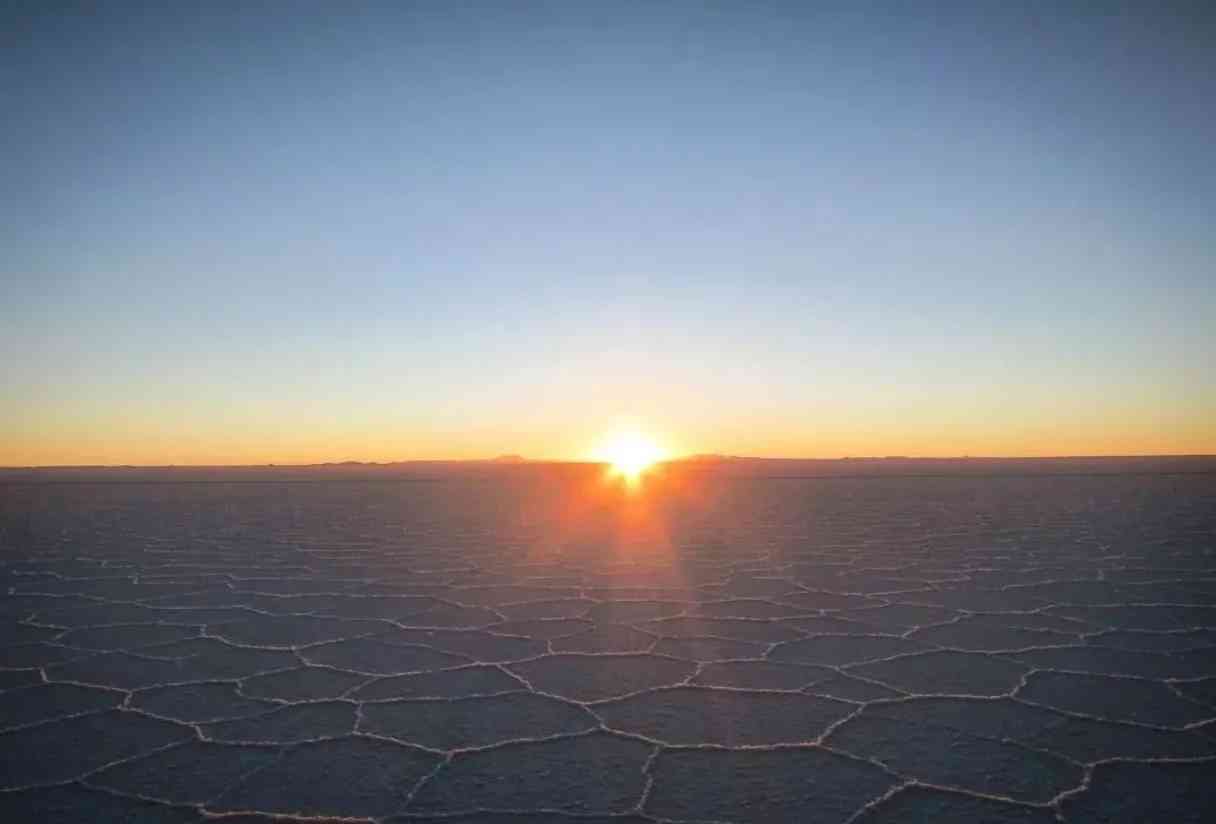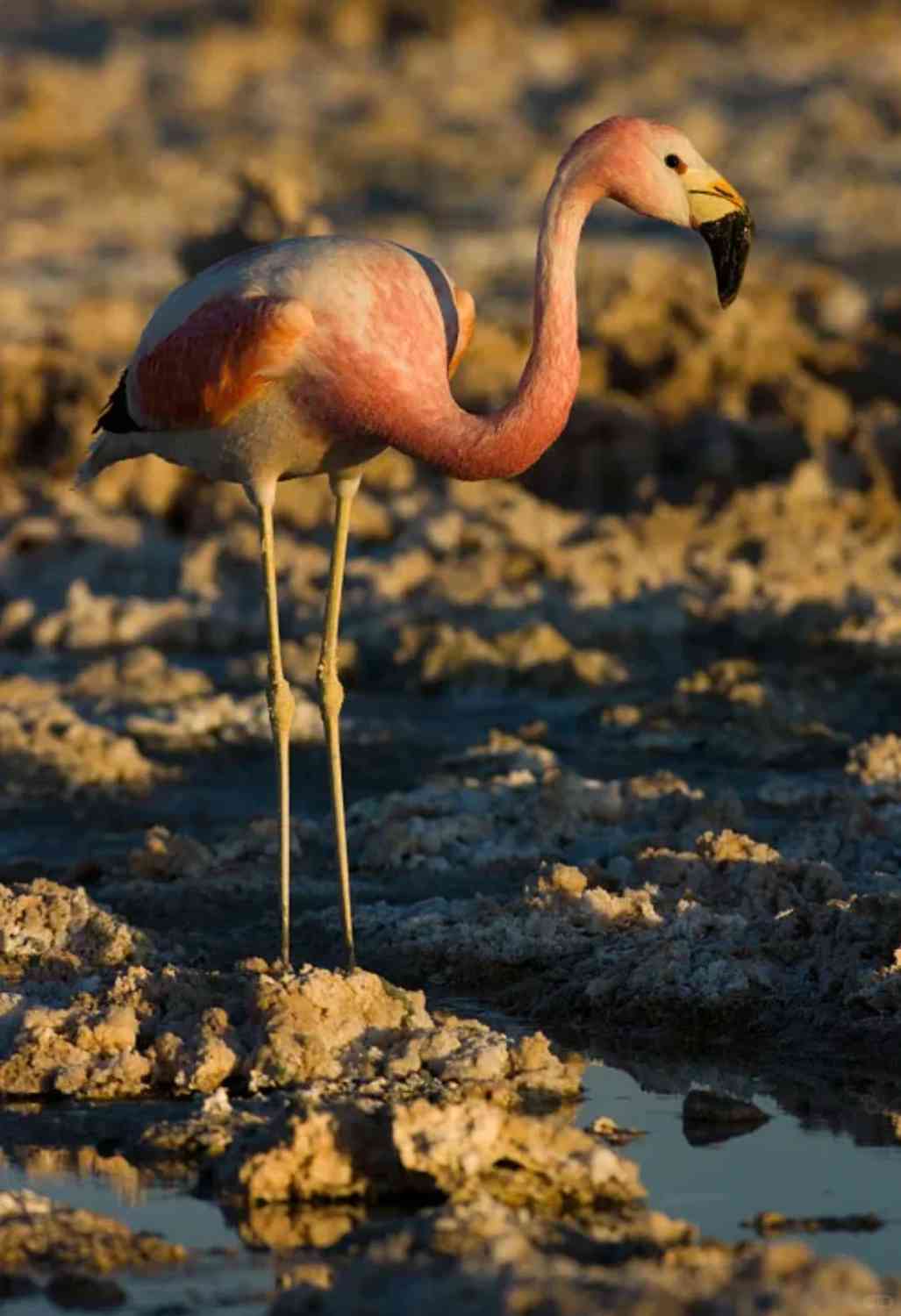🌵 Drier than Mars! How Did the Atacama Desert Earn the Title of “World’s Driest Place”?
Can you believe it? There’s a place on Earth that’s drier than Mars! The Atacama Desert, located on the west coast of South America, boasts an average annual rainfall of just 0.1 millimeters, and some core areas haven’t seen rain for 400 years! Today, let’s dive into the geographical marvels that make this “desert of death” the ultimate dry spot on Earth.

❶ Geographical Buffs Stacked! A “Drought Trap” with Three Sides
The Atacama Desert is nestled between 18°-28° south latitude, surrounded by three major geographical forces:
– Subtropical high pressure: Acting like a giant lid, it suppresses rising air currents, making cloud formation almost non-existent.

– Peruvian Cold Current: The cold seawater turns coastal moisture directly into fog, but it never quite manages to turn into rain.
– Andes Mountains: These towering giants block any moisture from the Amazon rainforest, creating the stark contrast of a rainy east and a bone-dry west.
💡 Fun Fact: Some weather stations in the desert have recorded 0 millimeters of annual precipitation, where even dew is a precious commodity!

❷ Deadly Combo: When Drought Meets Extreme Terrain
The desert’s western coastline runs almost parallel to the Andes, forming a 2000-kilometer-long enclosed corridor (Figure 2: Cross-section of the desert terrain). Moisture from the Pacific can’t cross the coastal mountains, turning only into a thin mist that even cacti find insufficient. More fatally, the soil here is severely saline-alkaline, making it nearly impossible for even bacteria to survive. It’s truly an Earth version of “Silent Hill”!

❸ Data Overkill! The Unrivaled Champion of Drought
– Annual Precipitation: An average of 0.1 millimeters (a 2-hour rain in Beijing could surpass its annual KPI).
– No Rain Record: 91 consecutive years without precipitation from 1845 to 1936, earning it a spot in the Guinness World Records.
– Humidity Comparison: Martian soil contains 2% water, while the Atacama has only 1%, leading NASA to use it for Mars exploration simulations!
❹ Miracles of Life: Rebels in the Desert
Even in such extreme drought, there are resilient organisms that thrive:
– Salt Lakes in the Desert: After rare rains, these lakes transform instantly into vibrant flamingo party venues.
– Super Drought-Resistant Plants: The “ghost of the desert” blooms only once every hundred years, a true marvel of nature.
– Fog Water Experts: Cacti condense fog water with their spines, and spiders survive by drinking dew, showcasing the incredible adaptability of life.
✨ Travel Warning: In 2015, due to El Niño, heavy rains suddenly fell here, and the desert bloomed so beautifully it was breathtaking! But don’t get inspired—climate change is disrupting the ecological balance of the “driest place”!
📚 References: NASA research data, Guinness World Records, Chilean National Geographic Report.